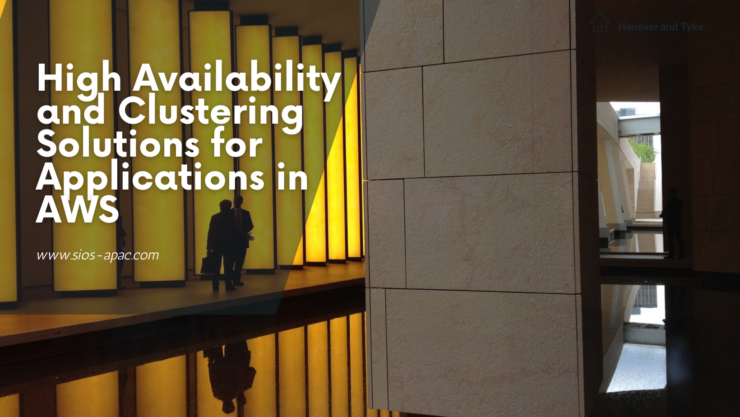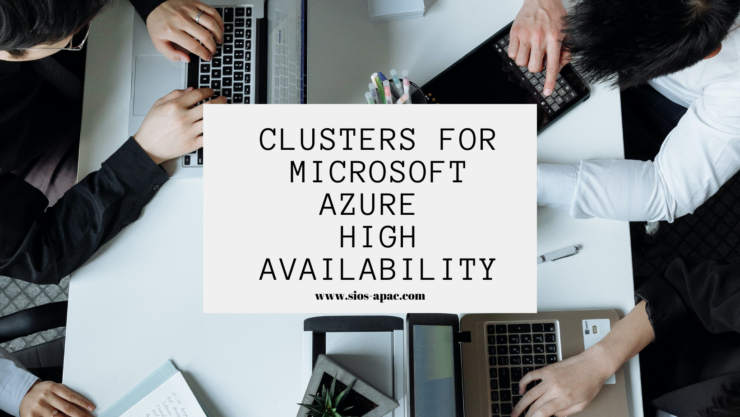Video: Why You Should Run Regular Health Checks To Ensure High Availability
In this video, Philip Merry, Software Engineer at SIOS Technology, talks about the importance of running health checks at a regular interval, especially when some system-wide changes are made.
A health check of your high availability (HA) systems is critical to ensuring business continuity. “Customers who get health checks benefit from the ability to predict and avoid issues in the future,” says Philip Merry, Software Engineer at SIOS Technology. “Customers who’ve implemented our recommendations and health checks also see fewer issues in the deployment activity and open fewer cases in the life of those nodes.”
In this video, Merry walks you through the process of health checks and explains how SIOS helps teams to ensure these health checks are smooth without any unexpected downtime. He also shares some recommendations as to how often these health checks should be done and how teams can prepare themselves for effective health checks.
Reproduced with permission from SIOS




